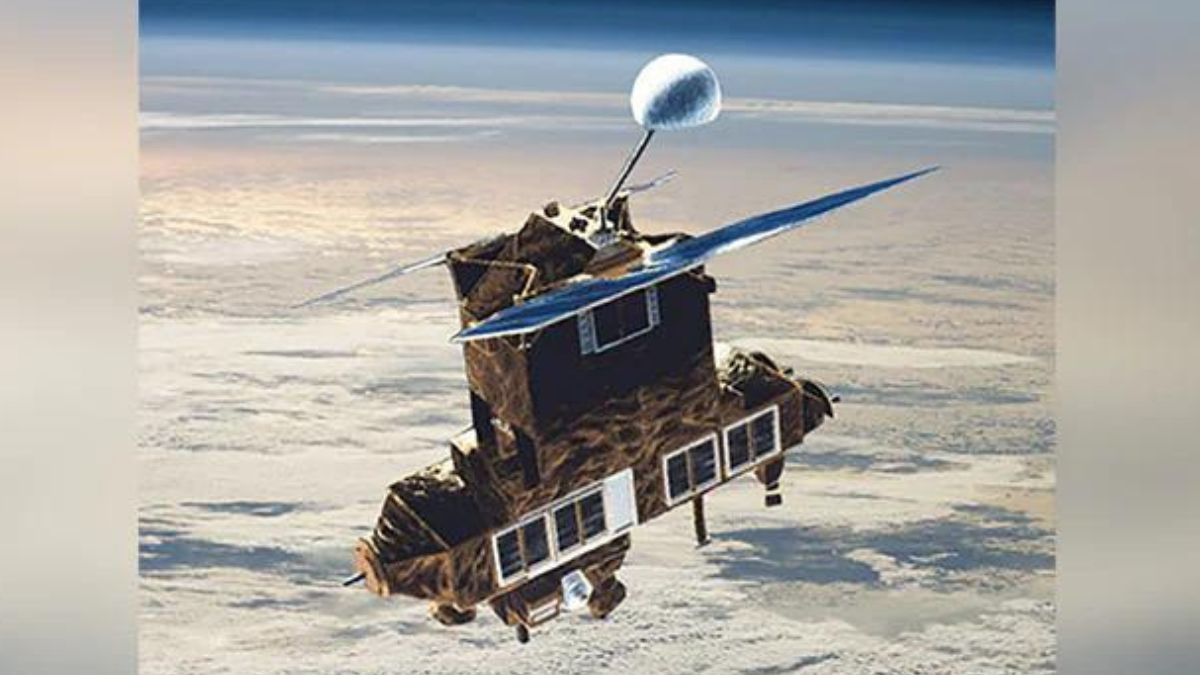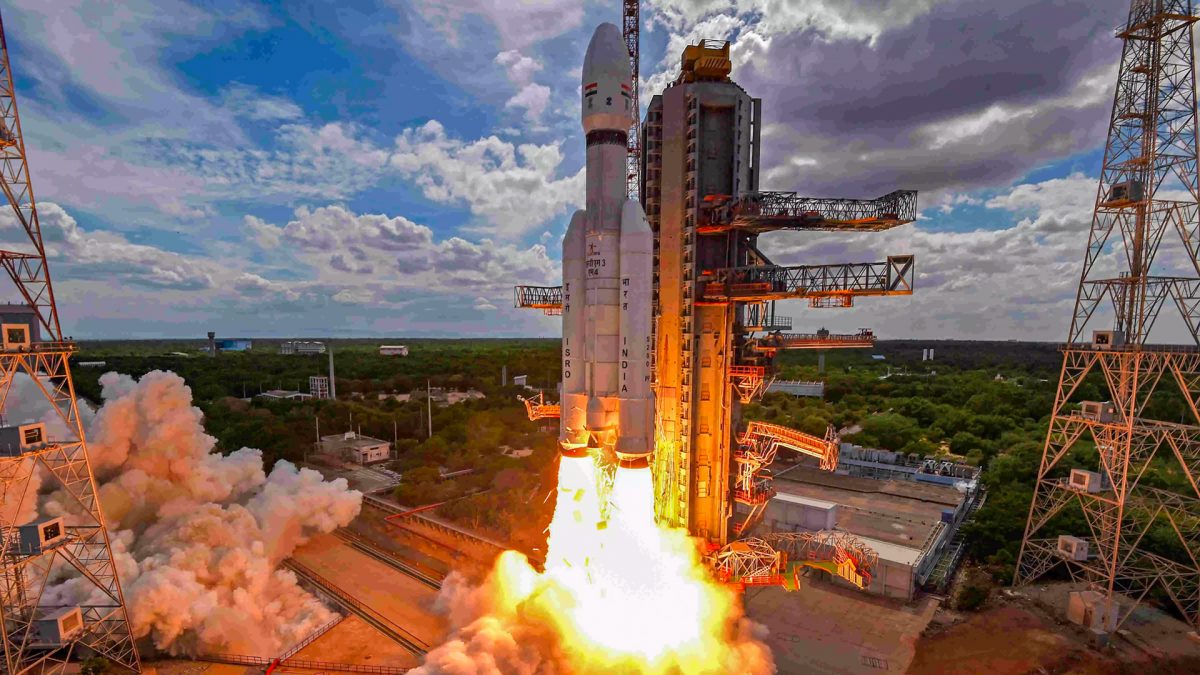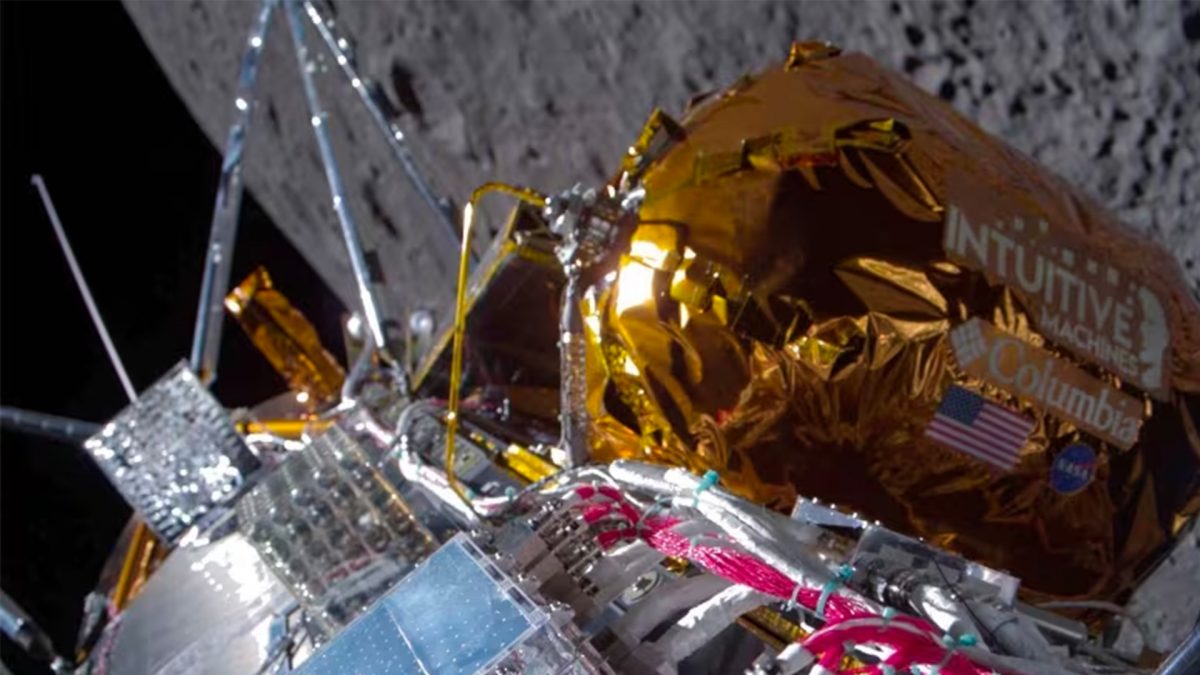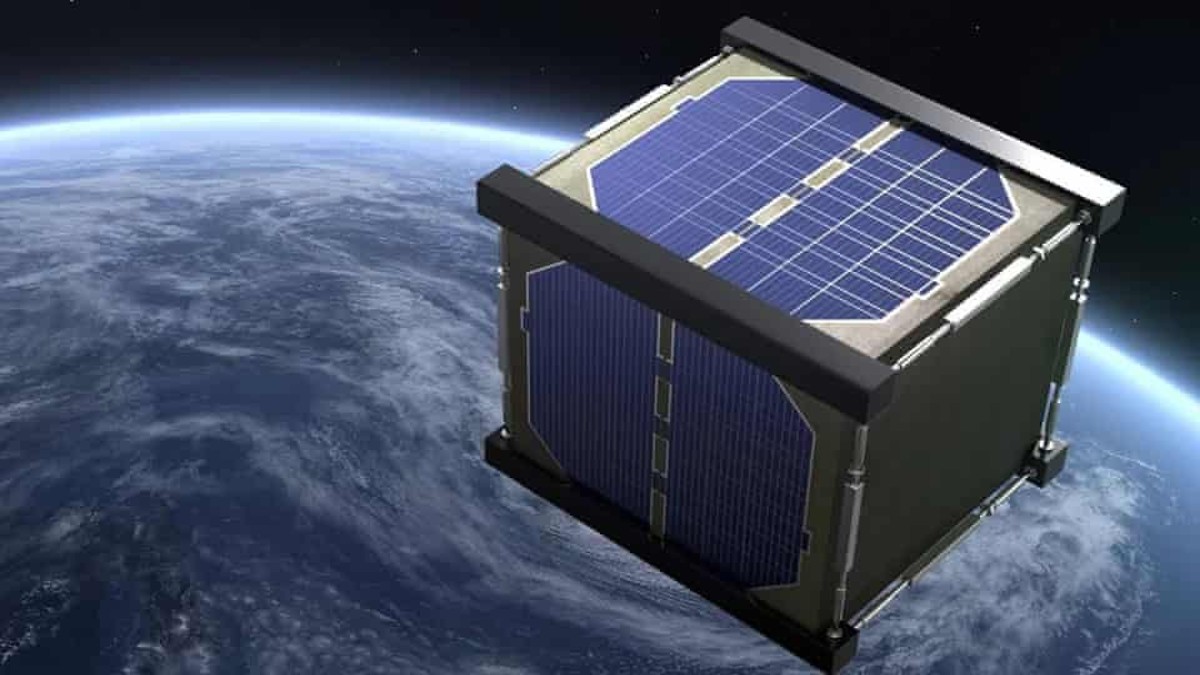With today’s launch, India is hoping to join the select few of the world’s deep-space pioneers who have reached Mars. The 44.4-metre tall spacecraft which will begin its journey to Mars today from the Satish Dhawan Space Centre spaceport in Sriharikota cost 73 million dollars, or Rs 450 crores to get off the ground. Here are ten things to know about the voyage.
1. Mangalyaan, which means “Mars craft” in Hindi is scheduled to lift off at 2:38 pm from Sriharikota, 80 kilometres from Chennai.
2. The primary objective of the mission is to demonstrate India’s technological capability to send a craft to orbit around Mars and conduct meaningful experiments such as looking for signs of life, take pictures of the Red planet and study Martian environment.
3. The satellite will carry compact science experiments, totalling a mass of 15 kg — five instruments to study Martian surface, atmosphere and mineralogy.
4. Mangalyaan’s journey is a long one - a 300-day, 780 million-kilometre (485 million-mile) journey to orbit Mars and survey its geology and atmosphere. At its closest point it will be 365 kilometres (227 miles) from the planet’s surface, and at its furthest - 80,000 kilometres (49,700 miles).
5. Mangalyaan will also search Mars for methane, a key chemical in life processes on Earth that could also come from geological processes.
6. Once launched the satellite is expected to go around Earth for 20-25 days before embarking on a nine-month voyage to the red planet on December 1 and reach the orbit of Mars on September 24, 2014.
7. If the Rs 450 crore MOM mission turns out to be a success, ISRO would be the fourth space agency in the world to have sent a mission to Mars.
8. European Space Agency (ESA) of European consortium, National Aeronautics and Space Administration (NASA) of the US and Roscosmos of Russia are the only three agencies which have so far sent their missions to the red planet.
9. Only 21 of the total of 51 missions sent to Mars by various countries have been successful.
10. Five solar-powered instruments aboard Mangalyaan will gather data to help determine how Martian weather systems work and what happened to the water that is believed to have once existed on Mars in large quantities.


)




)
)
)
)
)
)
)
)